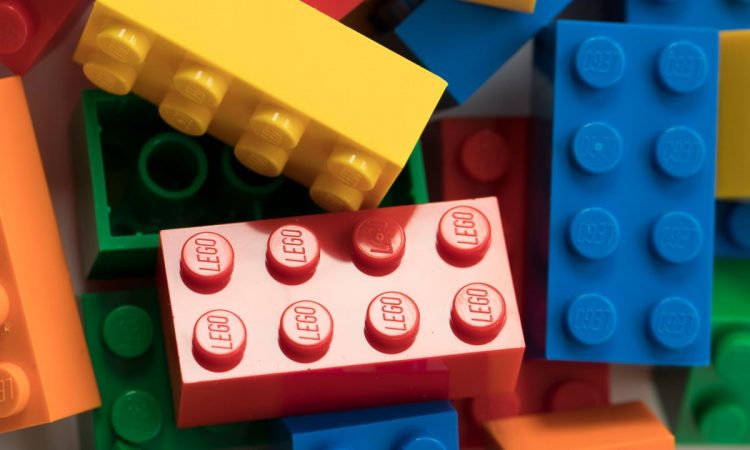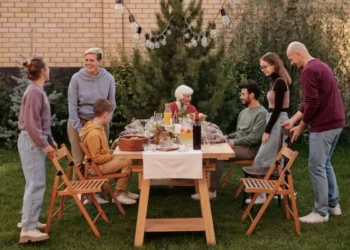A great exhibit of design structures can be delivered from the mainstream interlocking structure blocks known as LEGOS®. Everything necessary is a kid’s creative mind to develop a practically limitless assortment of complex shapes.
In another examination showing up in the diary Physical Review Letters, scientists depict a strategy for utilizing LEGO®-like components at the size of a couple of billionths of a meter. Further, they can coax these plan components to self-collect, with each LEGO® piece recognizing its appropriate mate and connecting up in an exact succession to finish the ideal nanostructure.
While the procedure portrayed in the new investigation is reproduced on PC, the methodology is pertinent to self-gathering techniques regular to the field of DNA nanotechnology. What could be compared to each LEGO® piece comprises of a nanostructures made out of DNA, the acclaimed atomic store of our hereditary code. The four nucleotides making up DNA – regularly marked A, C, T and G – stick to each other as per a solid principle: A nucleotides consistently pair with Ts and C nucleotides with Gs.
Utilizing base-matching properties permits scientists like Petr Sulc, relating creator of the new examination, to plan DNA nanostructures that can come to fruition in a test tube, as though on autopilot.
“The conceivable number of ways how to plan cooperations between the structure blocks is colossal, something what is known as a ‘combinatorial blast'” Sulc says. “It is difficult to independently check each conceivable structure block plan and check whether it can self-amass into the ideal structure. In our work, we give another overall structure that can effectively look through the space of potential arrangements and locate the one which self-gathers into the ideal shape and stays away from other undesired gatherings.”
Sulc is an analyst at the Biodesign Center for Molecular Design and Biomimetics and ASU’s School of Molecular Sciences (SMS). He is joined by his partner Lukáš Kroc alongside global associates Flavio Romano and John Russo from Italy.
The new strategy denotes a significant venturing stone in the quickly creating field of DNA nanotechnology, where self-gathered structures are finding their way into everything from nanoscale tweezers to malignancy chasing DNA robots.
Regardless of great advances, development strategies depending on sub-atomic self-get together have needed to fight with unintended bondings of building material. The difficulties develop with the intricacy of the planned plan. Much of the time, analysts are confounded with regards to why certain structures self-collect from a given arrangement of rudimentary structure blocks, as the hypothetical establishments of these cycles are still ineffectively comprehended.
To stand up to the issue, Sulc and associates have imagined a shrewd shading coding framework that figures out how to confine the base pairings to just those showing up in the plan outline for the last structure, with interchange base-pairings prohibited.
The cycle works through a hand crafted improvement calculation, where the right shading code for self-gathering of the planned structure delivers the objective structure at a vitality least, while barring contending structures.
Next, they set the framework to work, utilizing PCs to plan two gem types critical to the field of photonics: pyrochlore and cubic precious stone. The creators note that this imaginative technique is pertinent to any gem structure.
To apply their hypothetical structure, Sulc has begun another cooperation with teachers Hao Yan and Nick Stephanopoulos, his associates at Biodesign and SMS. Together, they intend to tentatively understand a portion of the structures that they had the option to plan in reproductions.
“While the conspicuous use of our system is in DNA nanotechnology, our methodology is general, and can be additionally utilized for instance to plan self-gathered structures out of proteins,” Sulc says.
















